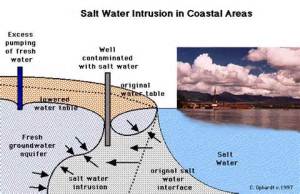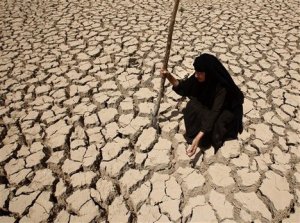Climate change is a global phenomenon that is happening now, but different regions are feeling the effects in different ways. This blog will focus on how climate change is affecting the Levant.
Temperature
In the 20 years between 2030 and 2050, the average temperatures in the Levant region are expected to increase 1-2 C. To put this in perspective, the average temperature in the region between 1901 and 1996 rose 0.7 C.
Precipitation
Precipitation is projected to increase in the region, but we can’t celebrate just yet. The increase in precipitation will take the form of more rain less often. With heavy rainfall, dry soil has trouble soaking up the water. The resulting run off leads to erosion, including erosion of nutrients necessary for farming.
Putting these two categories together, the increase in temperature will lead to evaporation rates higher than precipitation rates. This means that more water will be evaporated from soil than is being returned through precipitation.
Sea Level Rise
One symptom of global climate change you’ve probably hear about is sea level rise. Sea level rise is caused by a variety of things including the fact that warm water expands in volume and warming at the poles is melting polar ice caps into the ocean.

Salt water intrusion poses a significant threat to water supplies in the Levant.
For the Levant, any sea level rise will especially affect the water supply in the Gaza Strip. The Gaza Strip relies on the Coastal Aquifer for pretty much its entire water supply. As the population continues to deplete this water resource, sea water has already started the process of salt water intrusion, making the water unusable without a desalinization plant. Sea level rise will lead to even more salt water intrusion of the aquifer, further straining the water resource.
So What?

What used to be a farm before the drought hit Syria.
Climate change does not happen in a vacuum. Degrading water resources and soil quality will put greater strain on the farmers who already trying to achieve the impossible- growing food in the desert. The resulting economic hardship could result in more strife in the region, depending on regimes’ abilities to respond to the environmental crisis. After all, the beginning of the Syrian civil war is said to have sparked from the unrest in the rural farming village of Dara’a because of the severe drought making farming impossible.